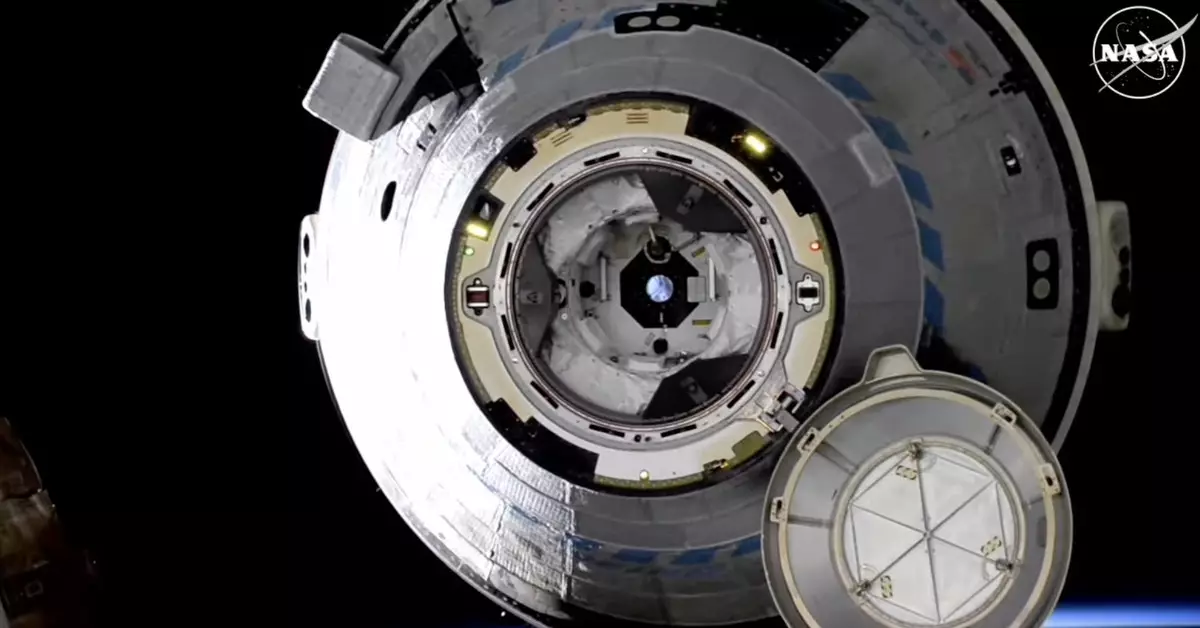The Boeing Starliner spacecraft recently completed its uncrewed flight back to Earth, marking the end of an extensive testing period. However, this return came months later than initially planned, causing a delay in the spacecraft’s progress. As a result, NASA astronauts Barry “Butch” Wilmore and Suni Williams will remain aboard the International Space Station until next year, awaiting their return trip.
The Starliner touched down precisely on schedule at 12:01 AM ET at White Sands Space Harbor in New Mexico, according to NASA officials. The agency praised the successful descent, highlighting the hard work and dedication of the entire team involved in the project. Ken Bowersox, associate administrator of the Space Operations Mission Directorate at NASA Headquarters in Washington, expressed his pride in the team’s accomplishments and the safe return of the Starliner.
Despite the decision to return the spacecraft uncrewed, NASA and Boeing gained valuable insights into the Starliner’s performance in extreme conditions. Steve Stich, manager of NASA’s Commercial Crew Program, emphasized the importance of this test flight in preparing for future missions utilizing the Starliner system. The challenges encountered during the testing period provided valuable data that will enhance the safety and reliability of future missions.
The Starliner faced several technical issues during its mission, including helium leaks and problems with its reaction control thrusters. NASA initially allowed the spacecraft to launch despite the helium leaks being within acceptable limits. However, further leaks and thruster issues led to the decision to delay the return flight. These challenges underscore the complexities of space travel and the importance of thorough testing and evaluation to ensure the safety of astronauts.
Looking ahead, astronauts Wilmore and Williams are expected to return to Earth aboard a SpaceX Dragon capsule once NASA’s Crew-9 mission concludes in early 2025. This collaboration between NASA and commercial aerospace companies highlights the ongoing advancements in space exploration and the commitment to ensuring the success of future missions. Despite the setbacks and technical challenges faced during the Starliner’s recent flight test, the valuable lessons learned will ultimately contribute to the advancement of human spaceflight capabilities.

